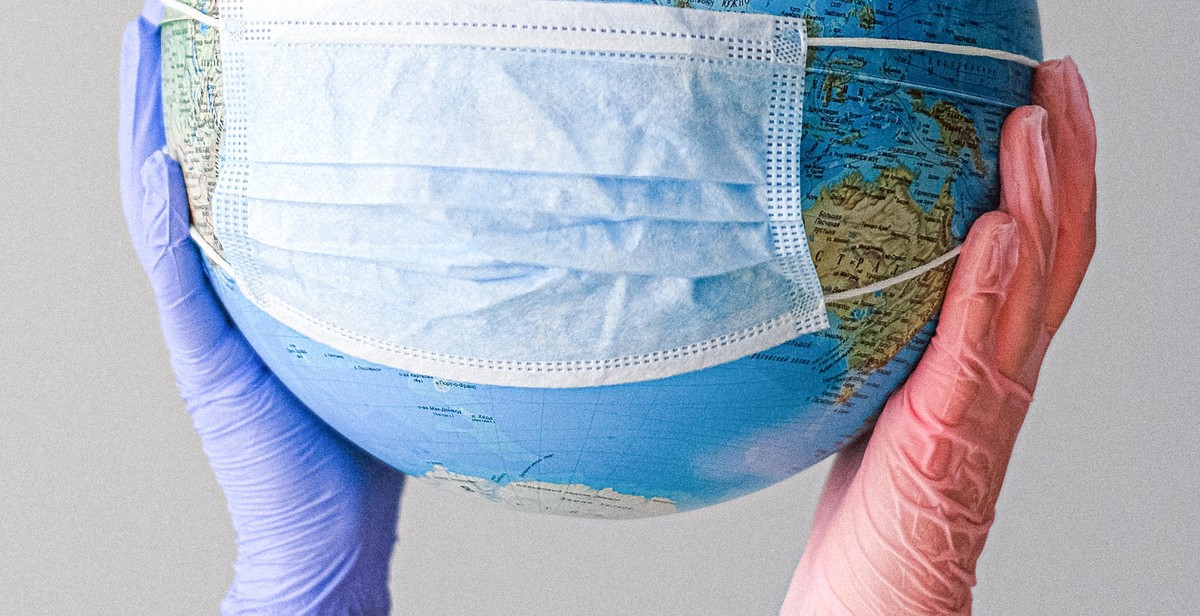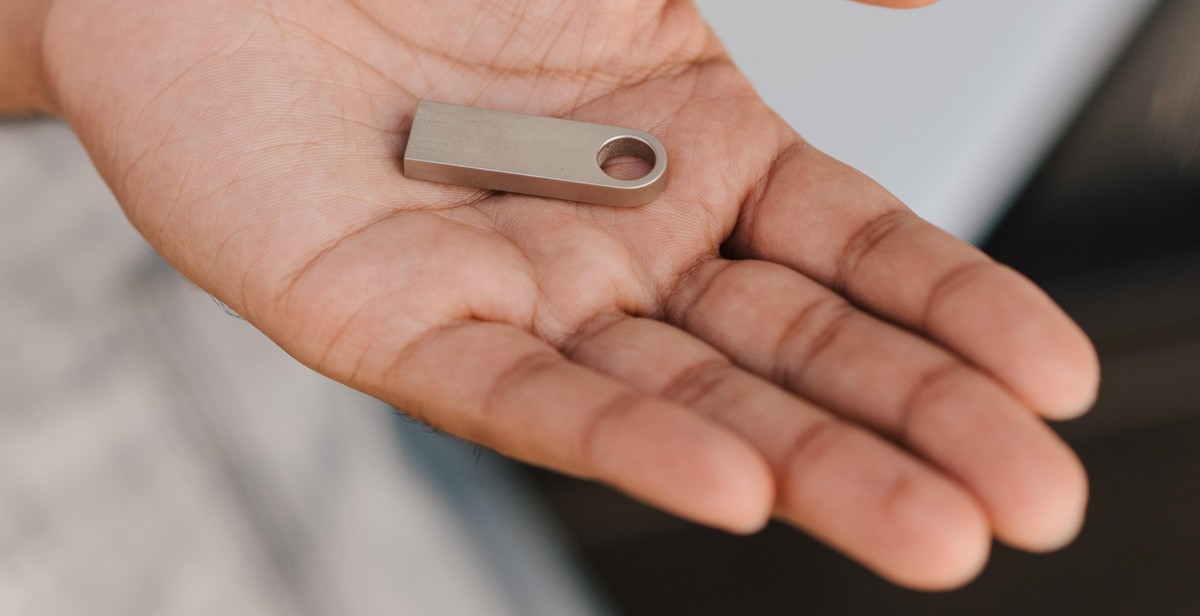How to Store Vaccines Properly: Guidelines for Temperature Control and Handling
Vaccines are essential to protect individuals and communities from infectious diseases. However, improper storage and handling of vaccines can reduce their effectiveness and even render them useless. As a professional in the healthcare industry, I have seen firsthand the consequences of improper vaccine storage and handling.
Why is proper vaccine storage important?
Vaccines contain live or inactivated viruses or bacteria that stimulate the immune system to produce antibodies against the disease. However, these viruses and bacteria are sensitive to temperature and can lose their effectiveness if exposed to extreme temperatures.
According to the Centers for Disease Control and Prevention (CDC), vaccines must be stored at the recommended temperature range to maintain their potency and efficacy. Failure to do so can result in vaccine-preventable diseases, outbreaks, and even death.
Guidelines for proper vaccine storage and handling
Healthcare providers must follow the CDC’s guidelines for vaccine storage and handling to ensure their patients receive safe and effective vaccines. These guidelines include:
- Storing vaccines in a refrigerator or freezer with a temperature monitoring device
- Keeping vaccines at the recommended temperature range
- Protecting vaccines from light
- Properly handling and disposing of expired or damaged vaccines
In addition, healthcare providers must train their staff on proper vaccine storage and handling procedures and regularly monitor their vaccine storage units to ensure they are functioning correctly.
| Temperature Range | Vaccine Type |
|---|---|
| -58°F to 5°F | Varicella, MMRV, MMR, Zoster |
| 35°F to 46°F | DTaP, Hib, HepA, HepB, HPV, IPV, PCV13, Rotavirus |
| -13°F to 5°F | Influenza, Meningococcal ACWY, Pneumococcal polysaccharide |
By following these guidelines and best practices, healthcare providers can ensure their patients receive safe and effective vaccines that protect them from infectious diseases.

Why Proper Vaccine Storage is Critical
Vaccines are crucial in preventing and eradicating infectious diseases. However, their effectiveness is highly dependent on their potency. Proper vaccine storage is critical in maintaining the efficacy of vaccines and ensuring that they are safe for use.
Impact of Improper Storage on Vaccines
Improper storage of vaccines can lead to a decrease in their potency. Vaccines are biological products that contain live or inactivated viruses or bacteria. They are sensitive to temperature, light, and humidity. Exposure to extreme temperatures can damage the vaccine’s structure, rendering it ineffective.
When vaccines are not stored at the recommended temperature, their potency is compromised, and they may not provide adequate protection against the targeted disease. This can result in vaccine-preventable diseases, outbreaks, and even deaths.
Importance of Vaccine Potency
Vaccine potency is the measure of the vaccine’s ability to elicit an immune response and provide protection against a specific disease. It is critical in ensuring that vaccines are effective in preventing infectious diseases.
When a vaccine loses its potency, it may not provide adequate protection against the targeted disease. This can lead to an increase in the number of people infected with the disease and, in severe cases, outbreaks.
For example, in 2017, a measles outbreak occurred in Minnesota, United States, affecting 79 people. The outbreak was linked to a decrease in the measles vaccine’s potency due to improper storage.
Proper vaccine storage is critical in maintaining vaccine potency and ensuring that vaccines are safe for use. Vaccines should be stored and transported at the recommended temperature to maintain their efficacy.
Conclusion:
Proper vaccine storage is critical in maintaining vaccine potency and ensuring that vaccines are safe for use. Improper storage of vaccines can lead to a decrease in their potency, resulting in vaccine-preventable diseases, outbreaks, and even deaths.

Vaccine Storage and Handling Guidelines
Temperature Control
Proper temperature control is crucial for maintaining the potency and effectiveness of vaccines. Vaccines should be stored at the recommended temperature range, which can vary depending on the specific vaccine. Generally, vaccines should be kept between 2°C and 8°C (35°F and 46°F).
It is important to monitor the temperature of the storage unit regularly and record the temperature at least twice a day. A temperature monitoring device should be placed in the center of the unit, where the temperature is most stable.
Storage Equipment and Supplies
Vaccines should be stored in a dedicated vaccine refrigerator or freezer that is designed for medical use. The unit should have a temperature display and a reliable temperature monitoring device.
The storage unit should be kept clean and organized, with vaccines stored in their original packaging and arranged in a way that allows for proper air circulation. The unit should also be free of any food or drink items.
Supplies such as vaccine storage boxes, temperature monitoring devices, and backup power sources should also be available in case of emergencies.
Vaccine Inventory Management
Proper vaccine inventory management is essential for ensuring that vaccines are not wasted and that there is always an adequate supply available.
All vaccines should be labeled with their expiration dates and lot numbers. Vaccines that are nearing their expiration dates should be used first, and those that have expired should be discarded.
It is also important to keep track of the number of doses used and the number of doses remaining for each vaccine. This can be done using a vaccine inventory management system or a simple paper log.
Vaccine Handling
Vaccines should be handled with care to prevent damage and maintain their potency.
When removing vaccines from the storage unit, they should be handled gently and kept in their original packaging until ready for use.
Vaccines should never be frozen, and they should not be exposed to light, heat, or extreme cold.
If vaccines are transported, they should be kept in a vaccine carrier that is designed to maintain the recommended temperature range.
Conclusion
Proper vaccine storage and handling is essential for maintaining the potency and effectiveness of vaccines. By following these guidelines for temperature control, storage equipment and supplies, vaccine inventory management, and vaccine handling, healthcare providers can ensure that vaccines are always safe and effective for use.

Vaccine Storage Best Practices
Proper storage of vaccines is crucial to maintain their potency and effectiveness. Here are some best practices to follow:
Designate a Vaccine Coordinator
It is important to have a designated person responsible for vaccine storage and handling. This person should be trained in proper storage techniques and should have a clear understanding of the vaccine inventory. The coordinator should also be responsible for monitoring and recording temperatures.
Monitor and Record Temperatures
Vaccines must be stored at the correct temperature to maintain their potency. The recommended temperature range for vaccine storage is between 2°C and 8°C. It is important to monitor temperatures regularly and record them at least twice a day. This can be done using a digital data logger or a thermometer with a min/max memory function. Temperature logs should be kept for at least three years.
Table 1: Temperature Monitoring Log
| Date | Time | Temperature (°C) |
|---|---|---|
| 01/01/2022 | 08:00 | 3.5 |
| 01/01/2022 | 16:00 | 4.0 |
Proper Vaccine Handling and Transport
Vaccines should be handled and transported with care to prevent damage or exposure to improper temperatures. Here are some tips:
- Store vaccines in their original packaging and do not remove them until ready to use.
- Do not store vaccines in the door of the refrigerator as temperatures may fluctuate.
- Do not store vaccines near the refrigerator cooling vents or in direct sunlight.
- Use cold packs or insulated containers when transporting vaccines.
- Do not transport vaccines with food or other items that may contaminate them.
By following these best practices, you can ensure that your vaccines remain safe and effective for use.

Conclusion
Proper storage and handling of vaccines are crucial to maintain their potency and efficacy. Temperature control is the most critical aspect of vaccine storage, and any deviation from the recommended temperature range can render the vaccines ineffective. Refrigerators and freezers used for vaccine storage must meet the required specifications and be monitored regularly to ensure that they are functioning correctly.
Best Practices for Vaccine Storage and Handling
- Store vaccines in a dedicated refrigerator and freezer.
- Monitor the temperature regularly and keep a record of it.
- Use a digital data logger to track temperature and provide alerts in case of any deviation.
- Store vaccines in their original packaging and do not mix different vaccines in the same storage container.
- Properly dispose of expired or damaged vaccines.
- Train staff on proper vaccine storage and handling procedures.
Final Thoughts
As a professional article writer and content creator with years of experience, I strongly advise healthcare providers to follow the recommended guidelines for vaccine storage and handling to ensure that patients receive safe and effective vaccines. By maintaining proper temperature control and handling procedures, healthcare providers can contribute to the success of vaccination programs and help prevent the spread of infectious diseases.
